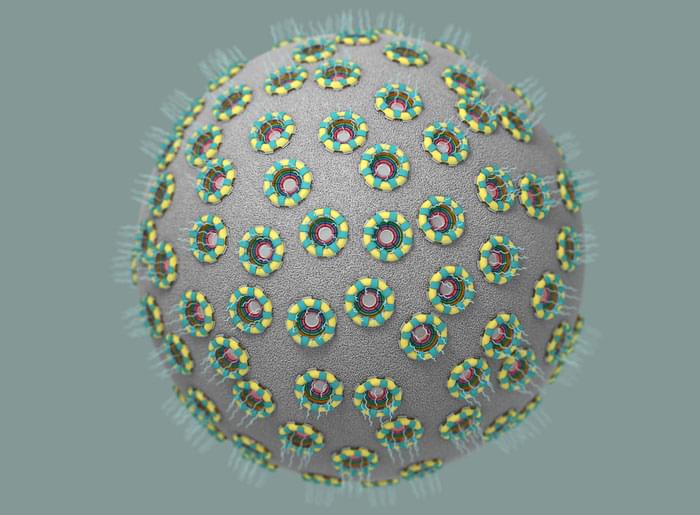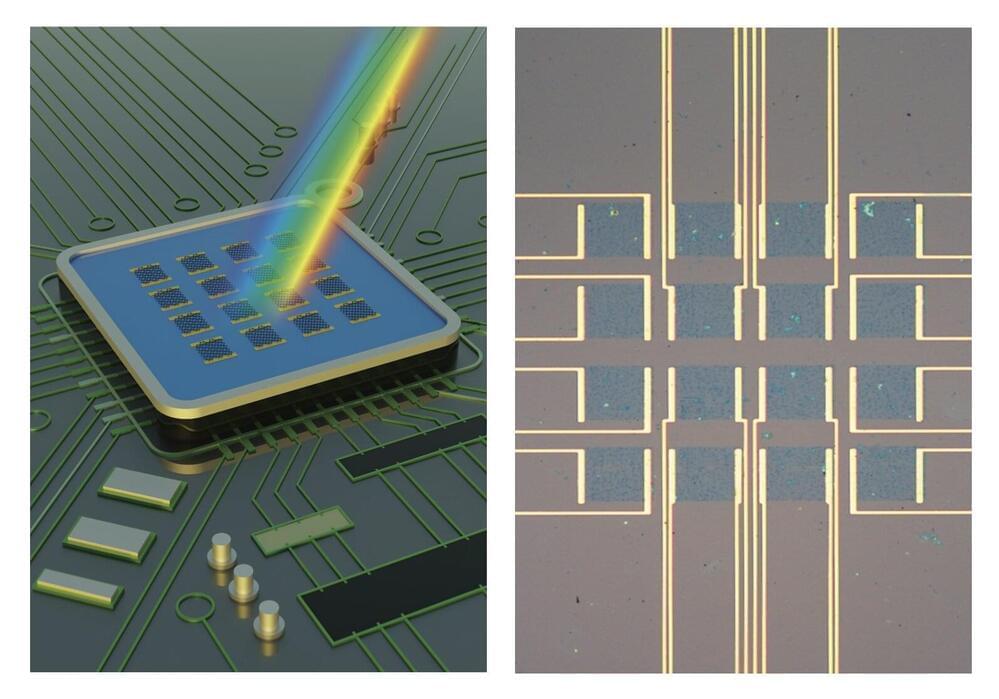Jun 12, 2022
Eternal matter waves
Posted by Shubham Ghosh Roy in categories: particle physics, quantum physics
Imagining our everyday life without lasers is difficult. We use lasers in printers, CD players, pointers, measuring devices, etc. What makes lasers so special is that they use coherent waves of light: all the light inside a laser vibrates completely in sync.
Meanwhile, quantum mechanics tells us that particles like atoms should also be considered waves. As a result, we can build ‘atom lasers’ containing coherent waves of matter. But can we make these matter waves last so they may be used in applications? In research that was published in Nature, a team of Amsterdam physicists shows that the answer to this question is affirmative.

















